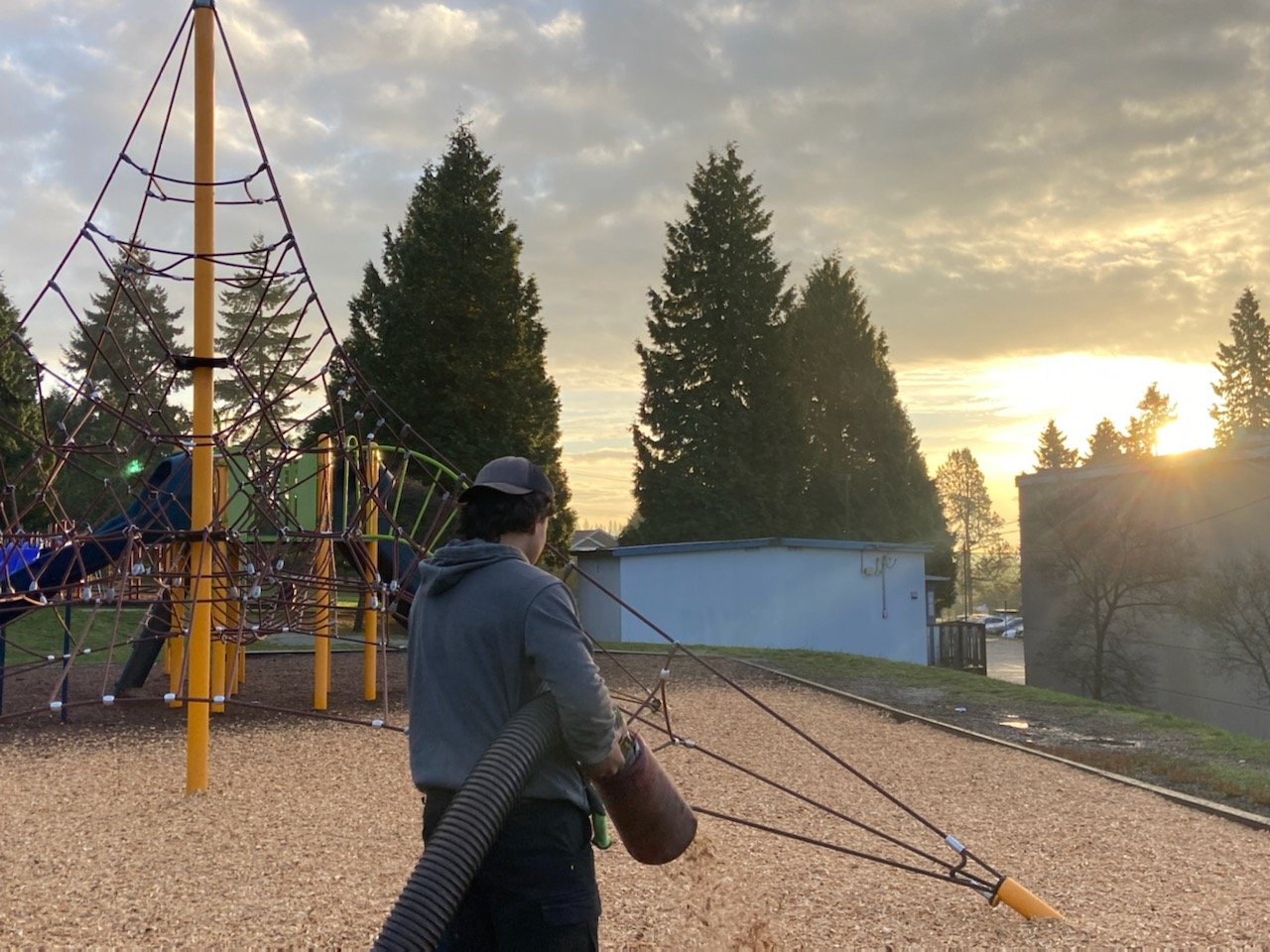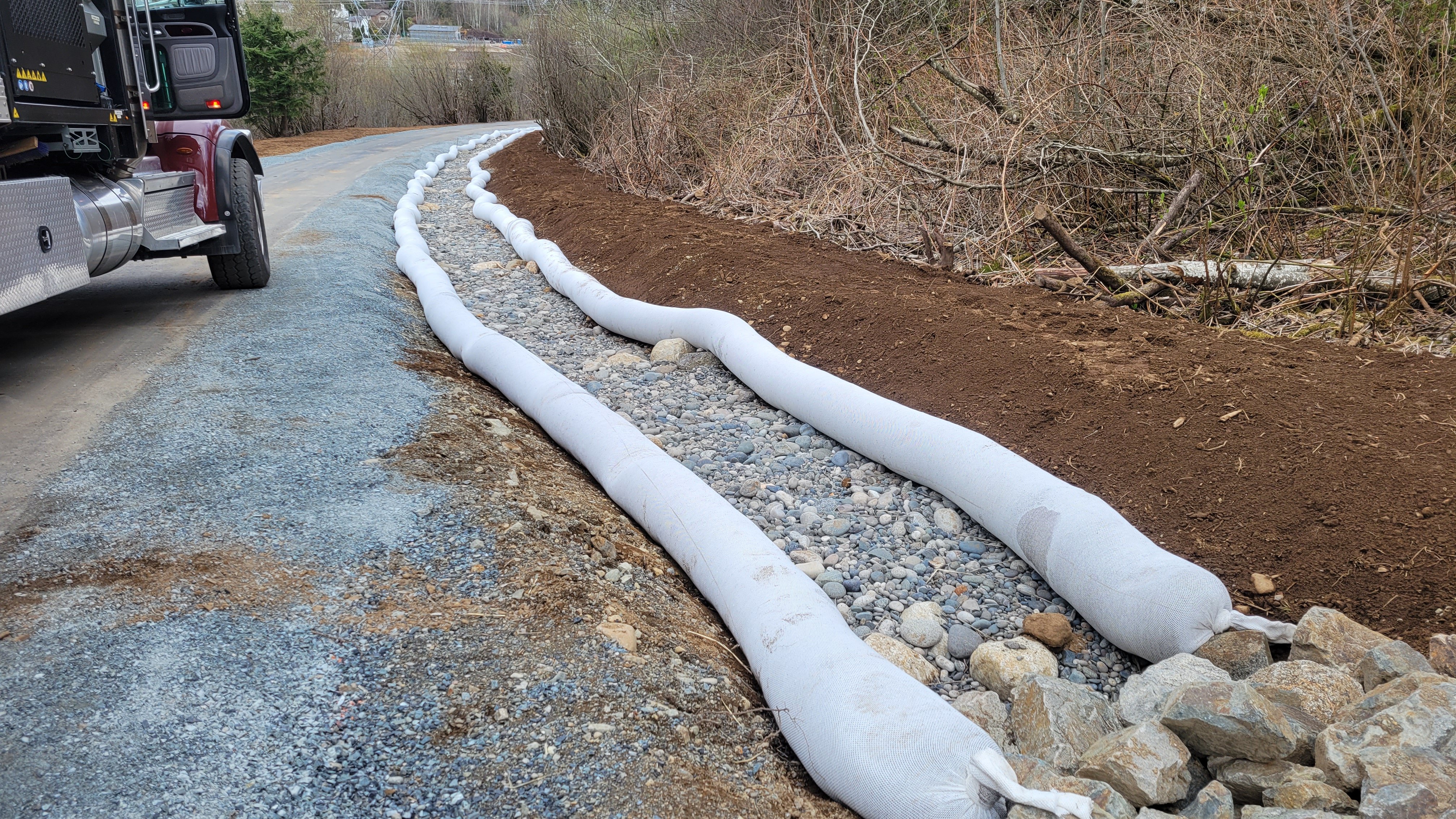What is Structural Soil
Structural Soil is a growing medium that can be compacted to pavement design and installation requirements while permitting root growth. It is a mixture of gap-graded rock (mostly made of crushed stone) and soil (mineral content and organic content). It provides an integrated, root penetrable, high strength system that shifts design away from individual tree rings.
History of Structural Soil
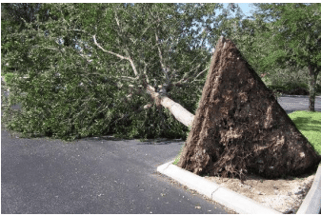 Amsterdam tree soil is the first structural soil applied to increase the life expectancy of its urban trees. The development began in 1966 in the city of Amsterdam, in the Netherlands, because of the high mortality rate among trees. At the beginning of the 1970s Amsterdam tree soil was the solution for the trees surrounded by pavers.
Amsterdam tree soil is the first structural soil applied to increase the life expectancy of its urban trees. The development began in 1966 in the city of Amsterdam, in the Netherlands, because of the high mortality rate among trees. At the beginning of the 1970s Amsterdam tree soil was the solution for the trees surrounded by pavers.
In the late 70's it was the city of Groningen, also in the Netherlands, which had a solution for heavy traffic. For the first time a structural soil based on crushed stones was applied. It was called skeleton soil.
Soon after the first positive results became known, this solution received a lot of follow-ups in various countries. Now after many decades of experience, we see various trends in the development of structural soil here in Canada.
Why is this so important?
Trees have difficulties surviving in Urban areas as these areas are rarely designed with trees in mind. Trees are often an afterthought in an environment designed and built for cars, pedestrians, buildings, roadways, sidewalks, and utilities.
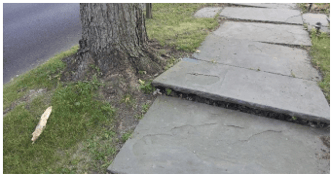
Urban trees also face a range of environmental challenges, such as increased heat loads, soil and air pollution, and interference from utilities, vehicles, and buildings.
Yet the most significant problem that urban trees face is the scarcity of soil suitable for root growth. The result is that the roots remain along the surface and results in cracking of the pavements through time as these
roots increase in size as just one problem in addition to the death of the tree eventually.
While many of the problems urban trees face can be mitigated by planting species that are tolerant of a given challenge, there are no tree species that can tolerate the extreme soil compaction that is prevalent throughout urban and suburban landscapes.
Why is Structural Soil effective?
Structural soil is a type of soil mixed with a specific type of gap-upgraded rock (typically 75mm clear). This is a very important part of the specification. The reason structural soil works well is that the gaps created by the rock are then filled with rich soil, enabling penetration by the tree roots. This penetration allows the tree access to a larger space underground, and has the double function of preventing the tree roots from lifting up the hard surface, i.e. the sidewalk that is on top.
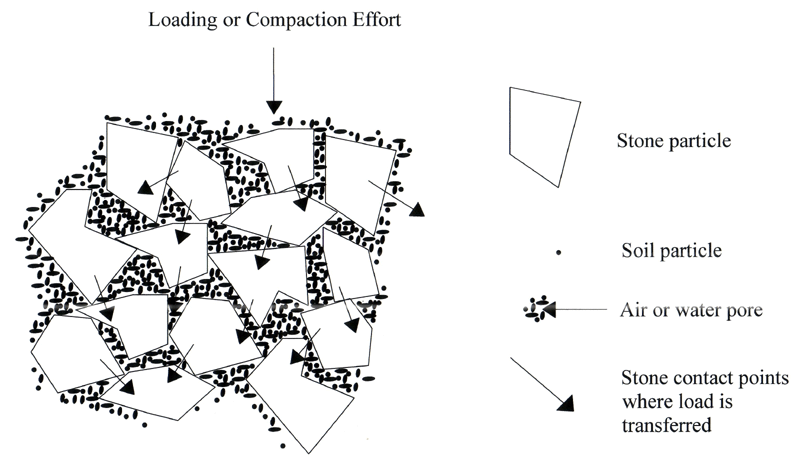
How does the Structural Soil get tested?
The testing of structural soil is essentially a three-part process.
- The soil must be tested.
- The rock must be sourced and then tested with a specific sieve size attached to it to determine that it is in fact a clear rock and not a rock that has fines which takes away from the ‘fillable’ fillable space that was is for the soil.
- There is also a stabilizing compound that is used with structural support to help the soil adhere to the rock. The specifications for this material would come directly from the stabilizer supplier; there are more than one of these.
Who can make Structural Soil?
Like any engineered soil, structured soil is a technical process which is best done by people who understand all the specific components and have all the components readily available with testing and prior knowledge. Making good structural soil too specification is an extremely important endeavour. Structural soil that is not up to specification is a very difficult situation to remediate once it's already in the ground.

